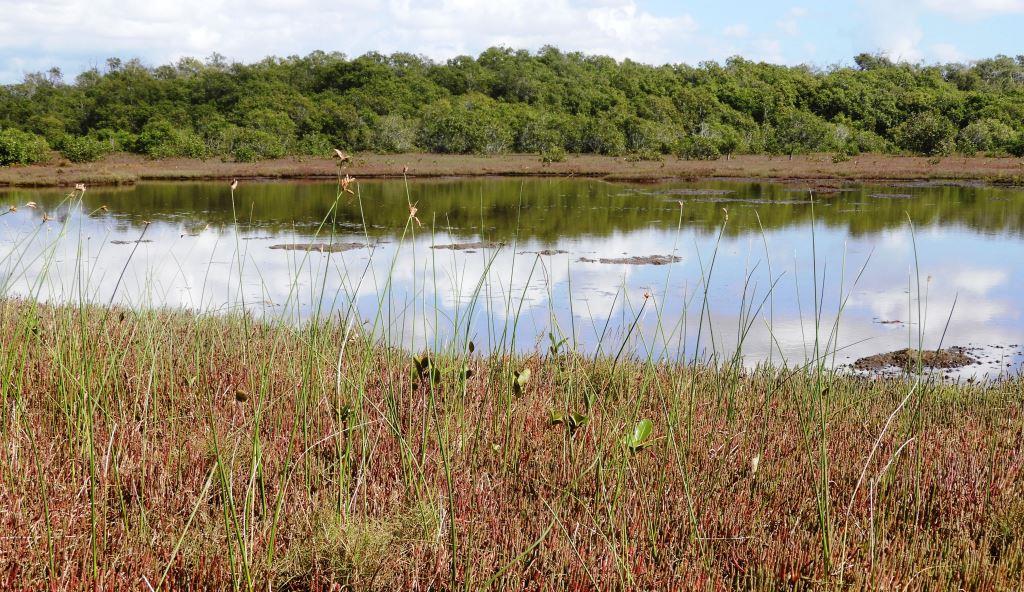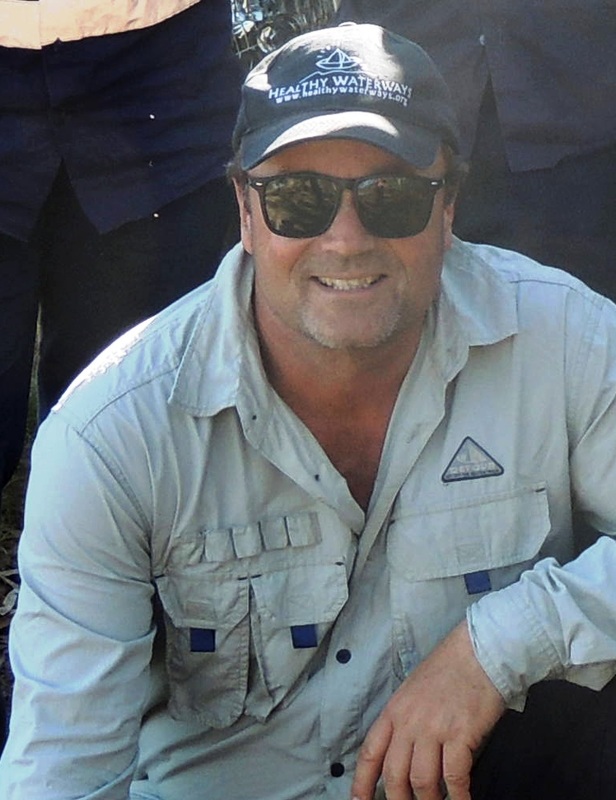Recently weeding work has been carried out in these buffer zones as well as a new set of saltmarsh transects being put in place to monitor the health of the saltmarsh vegetation. A recent high tide had receded when I noticed the channels between patches of marine couch and saltmarsh vegetation were full of snails. A closer inspection revealed that as well as snails many small fish had been trapped in the channels and with the tide receded were now in real danger of being desiccated.
When high tides inundate saltmarsh many fish move in with the water to take advantage and feed on the high levels of algae and detritus. Clearly this is a risky business for if they don’t retreat with the tide they risk being trapped on the saltmarsh. Without the tide, this is a harsh environment and really its invertebrates that do best in these conditions. The snails can close up shop by closing an operculum on their shell effectively creating a moist environment. They will often make their way to the base of surrounding vegetation in order to avoid direct exposure to the sun. Other invertebrates including mangrove whelks employ a similar strategy, although in this case they make their way to the shade found on the surface of mangroves. Other invertebrates including crabs will burrow into the marsh sediment and wait out for the next tide.
This is generally not an option for fish; once the water recedes they are trapped. A closer inspection of these channels areas revealed that one or two of the fish appeared to have buried themselves into the sediment. Saltmarsh specialists such as gobies do have burrows and are adapted to cope with heat and excess salt levels. But these fish were not gobies and perhaps this is a behaviour used by them to avoid a harsh death. There appears to be nothing in the literature about this behaviour and the author would be appreciative if any reader has come across this behaviour in the literature. Saltmarsh can be a harsh environment, especially during low tide at daytime. Invertebrates with their external shells and burrowing habits dominate here, but many species of fish will make their way onto the saltmarsh during high tides regardless of the risk. Another reason for us to appreciate the saltmarsh and do everything we can to preserve the remaining sections at Hays Inlet.


 RSS Feed
RSS Feed
